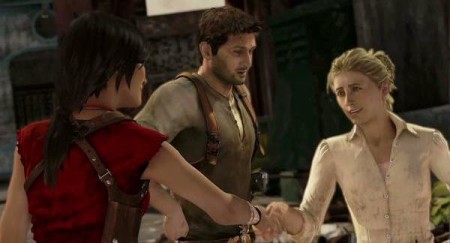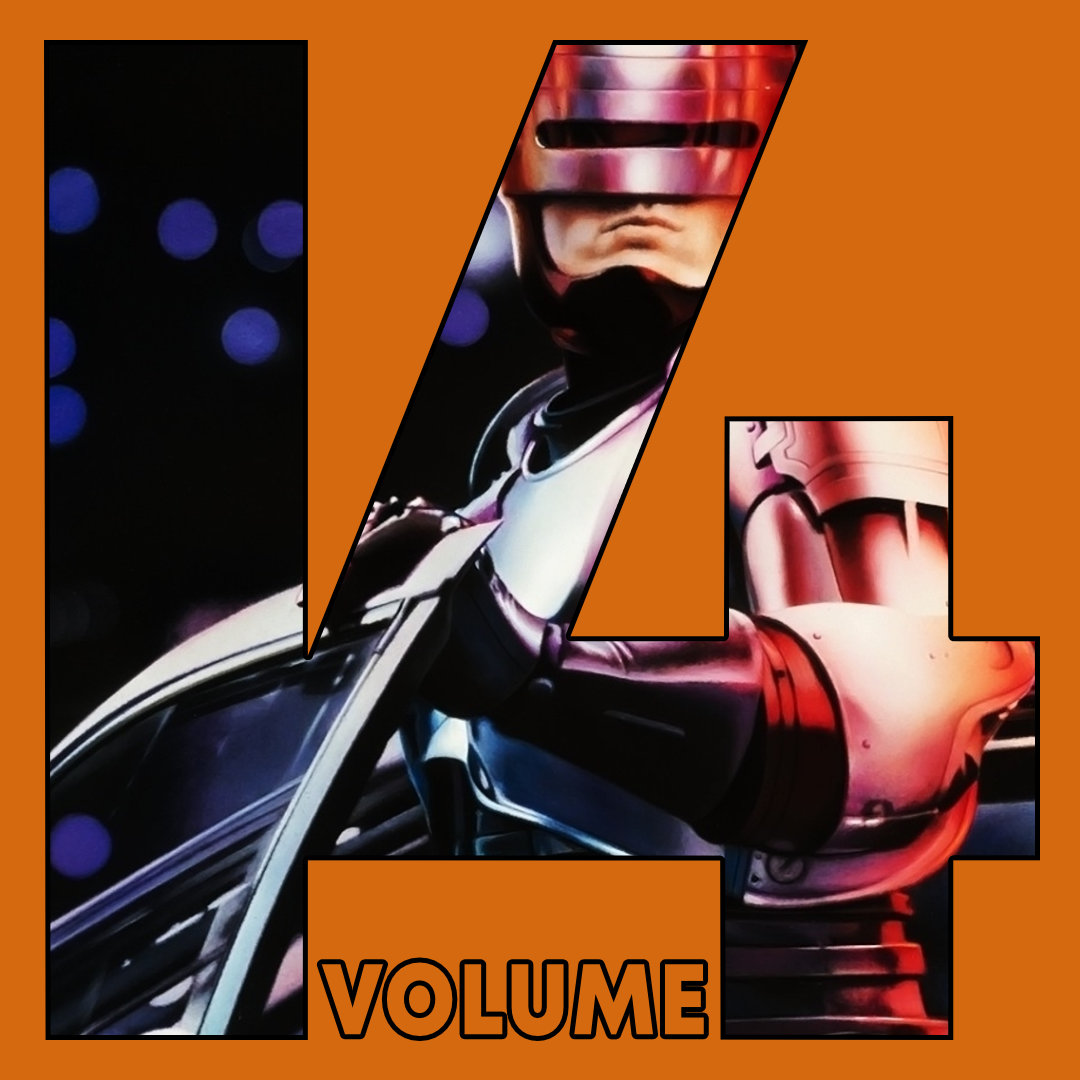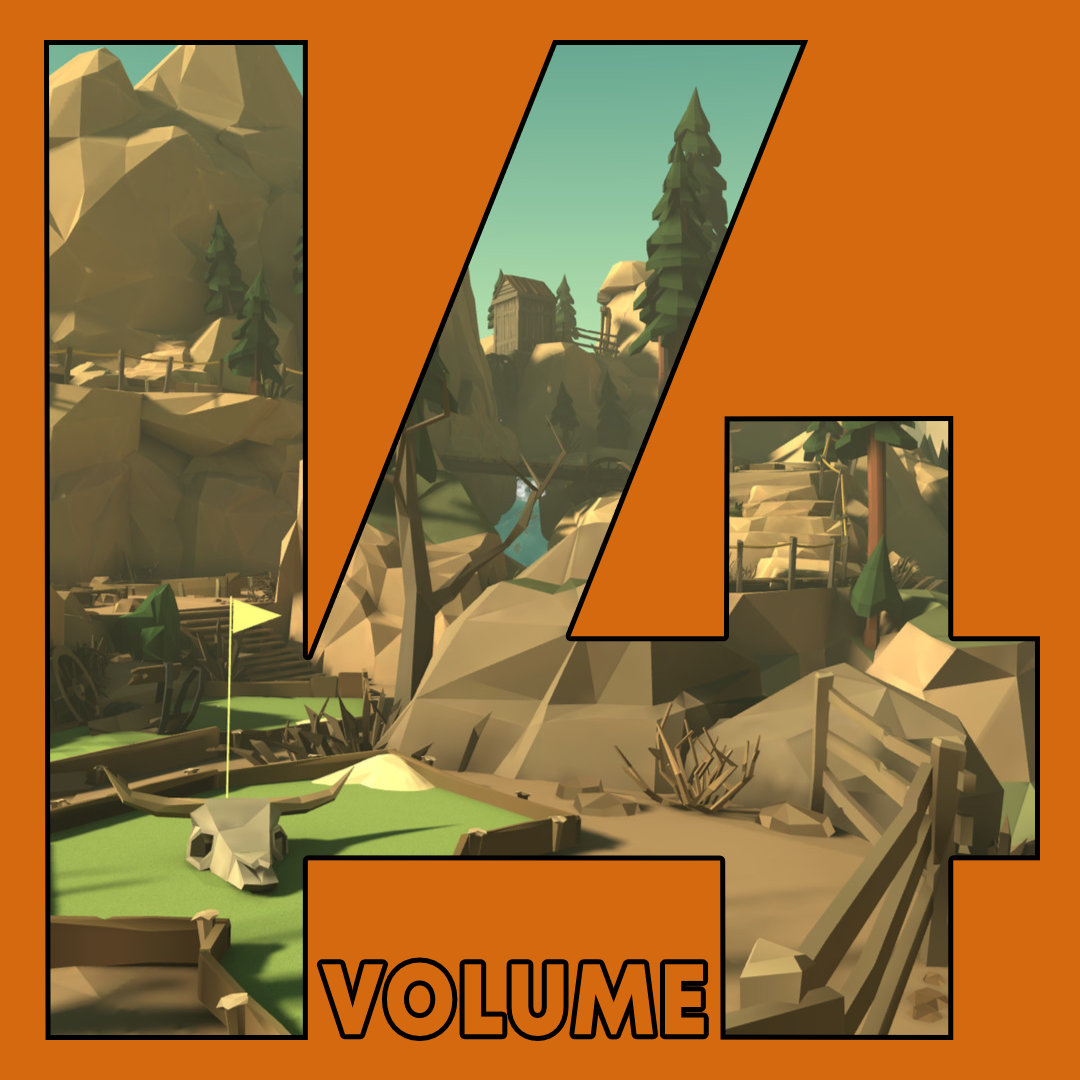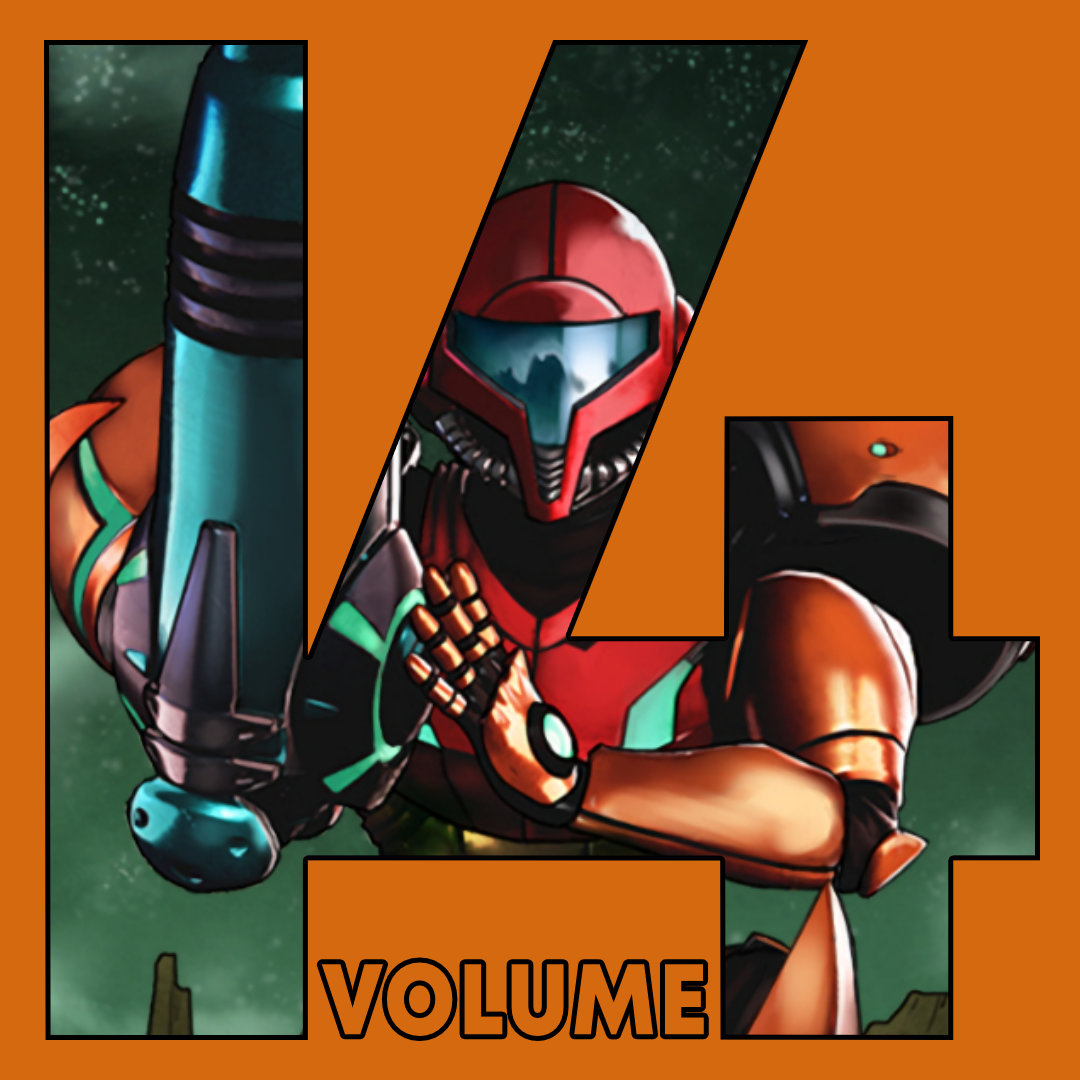A while ago I went to a video game focused panel called “Player vs. Character” which was held at BAFTA. The panel was hosted by Andrew Walsh, whose writing credits include Prince of Persia (2008) and X3: Reunion. He was also accompanied by fellow writers James Swallow (Deus Ex: Human Revolution, Killzone 2), Rhianna Pratchett (Heavenly Sword, Mirror’s Edge) and Ed Stern (Brink). I desperately wanted to write something about this event, but struggled to find an interesting angle on it. Rather than talk about the event itself, I wanted to focus on and explore the main points they made. So I’d like to share with you, in my own words, some of the thoughts that these professionals had.
Narrative vs. Gameplay
Valve’s Portal series is an excellent example of a franchise where the narrative and the gameplay are not only well balanced, but complement and reinforce each other. The crazy physics based puzzles make perfect sense within the context of a loopy scientific testing facility called Aperture Science. And in turn, such an environment creates exciting opportunities for interesting gameplay scenarios.

Unfortunately striking this perfect harmony between narrative and gameplay is rare. How many times have you played a game where your character seems to be a completely different person during cutscenes than when he is in gameplay? Or worse, how many times have you watched a cutscene where your character does something incredibly awesome, but you never get to do that within the actual game? In these situations the story doesn’t complement the gameplay; instead it’s in conflict with it and harming the gameplay experience over all. Having a consistent experience is required for a player to truly invest in the world you’re attempting to create.
Cutscenes

Getting the balance right between cutscenes and player agency is hugely important. As much as I love Hideo Kojima and by extension Kojima Productions, he and his company are one of the worst offenders when it comes to over reliance on cutscenes. Metal Gear Solid 4 has eight hours worth of cutscenes… sorry, let me say that again: EIGHT HOURS! The longest individual cutscene is around 90 minutes in length, and the average cut scene is around 20 minutes in length. I am a fan of the series and the story it tells, so I’m a tad more forgiving than most. However I can’t in good conscience leap to the defence of a game where an hour long gameplay session can consist of watching one individual cutscene, having never even touched the controller.
Now Naughty Dog’s Uncharted series is another example of a franchise with a strong focus on story and character. But, Uncharted 2’s longest individual cutscene is only 5 minutes long, and the average cutscene is barely even 2 minutes long. All of Uncharted 2’s cutscenes combined are the same length as Metal Gear Solid 4’s longest individual cutscene, 90 minutes. The reason they are able to keep the time spent in cutscenes down, is because in Uncharted they are strictly used for exposition only. Any and all action sequences take place within gameplay, and even a lot of character dialogue and banter takes place while the player is in control.


Games like Half-Life and Portal tackle story in a completely different way. Valve never uses cutscenes in these titles, and any dialogue or exposition takes place within the game. The advantage of this approach is that the player is always in control. But to accomplish this, the main character has to be nothing more than a silent avatar used to interact with the world and it’s more complex and interesting supporting cast.
Cutscenes are a useful tool for telling stories in games when they are used correctly and conservatively. But they are far from the only tool at your disposal, and not necessarily one you have to use at all.
The World
The world is often the greatest character and best storytelling tool within a game. Rapture, City 17, Aperture Science, the wasteland of Washington, etc, etc. Craft an interesting and unique world for the player to explore, and they will want to return to your game. Because, at the end of the day, the world is the one character the player is going to be interacting with the most.

BioShock exploits this incredibly effectively. When you first arrive in Rapture, you don’t have a clue what is going on or how Rapture came to be. But as you explore the nooks and crannies of this underwater city’s decaying interior, you’ll discover bodies laid out in a particular way that tells you exactly how that confrontation went down. Sometimes you’ll walk into a room filled with decorations or photos and other items that tell you a special event accrued here. Or maybe what kind of tastes and interests the person who lived there had.
The story did a great job of taking you to places in Rapture that helped the player gain a greater understanding of how the place functioned. At one point you visit a tree farm within Arcadia that supplies oxygen to the whole of Rapture. While the importance of this place is emphasized in the main plot, the game never forces you to listen to some long winded explanation as to how the whole system works. But it is there to explore and find if you want to.

And that leads us to BioShock’s audio diaries. Irrational Games turned small chunks of back story into collectable items that were strategically placed in the environment. They were a clever way to flesh out the world further for those who wanted to, but they weren’t essential to the main plot. You would receive detailed information about your environment, key events in history and major characters. And it was all told through the eyes of the people who lived there.
I personally love discovering hidden story details within games, because it feels like I’m solving a puzzle. The game is constantly giving me all this information, but it is up to me the player to figure out the timeline of these events and how one thing lead to another. It just feels like the developers involved are acknowledging that you are in fact an intelligent human being, and can figure it out for yourself.
A lot of interesting topics were covered at the panel. I could (and probably will) write another article on the stories that these professionals shared with the audience, which I simply couldn’t fit here. I’d like to thank Andrew Walsh, James Swallow, Rhianna Pratchett and Ed Stern for sharing some insight into the practices of modern game writers with me and the audience there at BAFTA. I’d also like to give BAFTA a huge pat on the back for organising events like this, and getting people aware of what goes on in the gaming industry.














It’s interesting you mention Rhianna Pratchett because she often gets a bad reputation for Mirror’s Edge when in actual fact she’s angrier than fans of the game because he story was basterdised for use in the game.
I’m glad you mentioned the Audio Diaries in BioShock, but the Audio Diaries actually paint a better picture of events in the second game, it’s one of the few areas that it shines over the original game.
There’s also one further, and to me, the most important, story telling method left unmentioned, and that’s the architecture. Sometimes the design of one building, the texture placed on one wall can tell you everything you need to know about where you are, what’s happening, what has happened and why it’s like this. BioShock is a great example, you briefly mentioned the bodies on the walls, but games like Singularity do this perfectly, Call of Duty 4: Modern Warfare is another (and an area that the game doesn’t get credit in.)
I rattle on about it all the time on Twitter, it’s authenticity. It doesn’t have to be realistic, it just has to be authentic, games like Gears of War and Uncharted absolutely nail this, those are incredibly strong story telling mechanics, often more useful than any narritive the characters ever speak.
Interesting article Joshua.